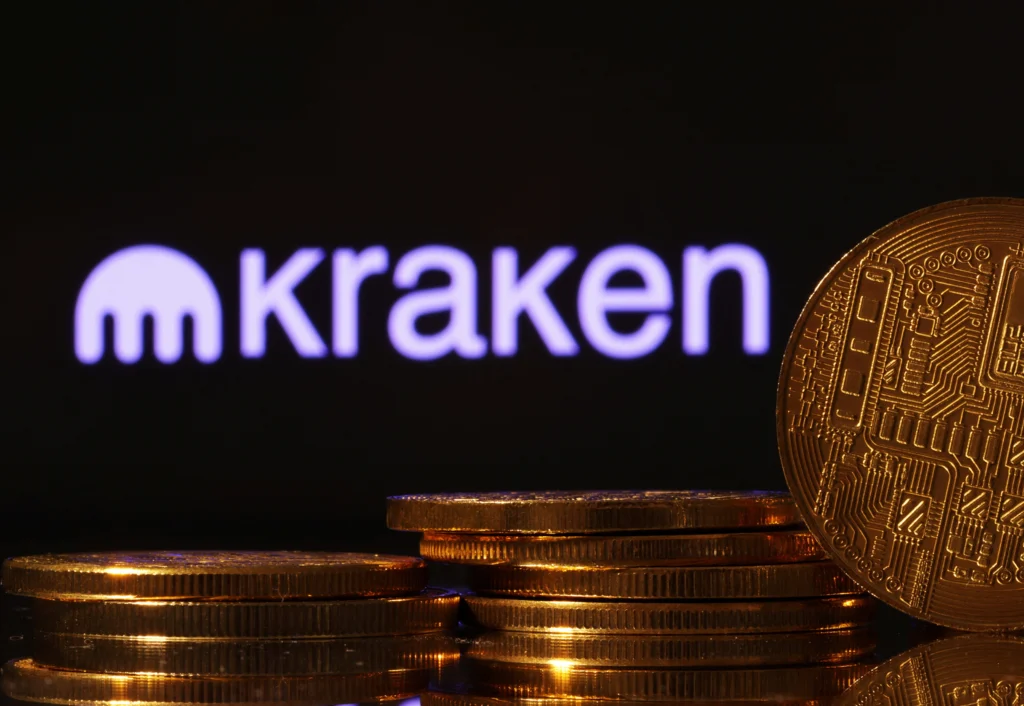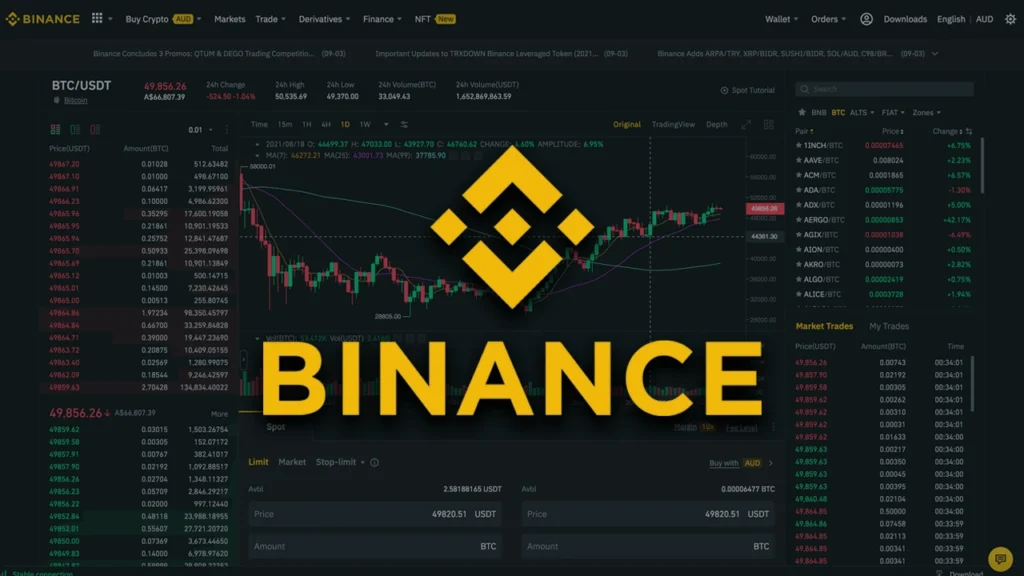If you’re not sure how to choose a crypto platform, don’t worry—you’re not alone. With dozens of exchanges out there (all shouting they’re “the best”), it can be tough to know where to start. This step-by-step guide will walk you through the essential parts of picking the right platform based on your needs, experience, and goals.
Step 1: How to Choose Crypto Platform by Checking Security First
Before you even think about trading, you need to check how the platform handles security. Your funds are only as safe as the platform holding them. Look for basics like two-factor authentication (2FA), cold storage (where assets are stored offline), and insurance policies.
Well-known exchanges like Gemini and Kraken take security seriously, but some lesser-known platforms may cut corners. If a platform doesn’t clearly explain how it protects your assets—walk away.

Step 2: Compare Fees—Beyond Just Trading Rates
A major mistake beginners make is focusing only on trading fees. But fees go beyond the obvious. Watch out for withdrawal fees, deposit minimums, spreads, and hidden costs that don’t show up until you’re mid-trade.
Sometimes, a platform with higher trading fees actually saves you money in the long run by being transparent. Do a full comparison of total costs before committing.

Step 3: Evaluate the Platform’s Ease of Use
If you’re just getting started, you’ll want something simple. A clean, easy-to-navigate dashboard can save hours of frustration. Coinbase and eToro are two examples of beginner-friendly platforms that also offer educational content.
However, if you already have some experience and want access to advanced features, platforms like Binance or Kraken offer more tools—but come with a learning curve.


Step 4: How to Choose Crypto Platform Based on Supported Assets
One crucial step in how to choose a crypto platform is checking which cryptocurrencies it supports. Don’t assume every platform lists the same coins. While Bitcoin and Ethereum are basically everywhere, some altcoins are only available on specific exchanges.
If you want to trade specific tokens or diversify into newer projects, make sure the platform you choose offers them—and has decent trading volume to ensure liquidity.

Step 5: Review Customer Support and Reputation
When something goes wrong (and eventually, something always does), responsive customer support matters. Good platforms don’t leave you stranded. Look for live chat, a searchable help center, and user reviews about response times.
You’ll also want to check the exchange’s history—have they ever been hacked? Are there ongoing complaints about frozen withdrawals? A little research goes a long way.

Step 6: How to Choose Crypto Platform by Do a Test Run Before Going All In
Once you’ve selected a platform, try it out with a small amount of money. Don’t move your entire crypto stack in on day one. Use this time to test deposit and withdrawal speeds, get used to the interface, and check how it feels to execute trades.
If something seems off—or clunky—that’s a signal to pause and reassess.
Conclusion: Choosing the Right Platform Is a Process
Learning how to choose a crypto platform isn’t about guessing—it’s about making thoughtful, step-by-step evaluations. Security, fees, usability, coin support, and customer service are the pillars of your decision.
Take your time and don’t rush the process. The right platform for you is one that aligns with your needs—not just what’s popular this week.
Relevant news: here











